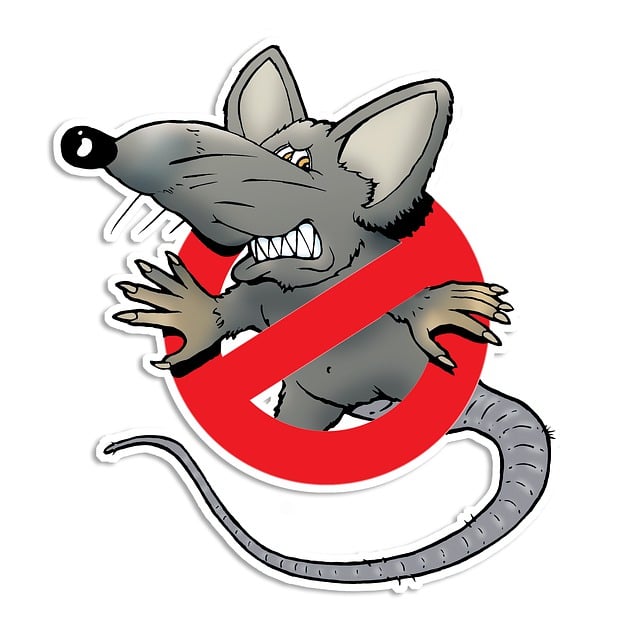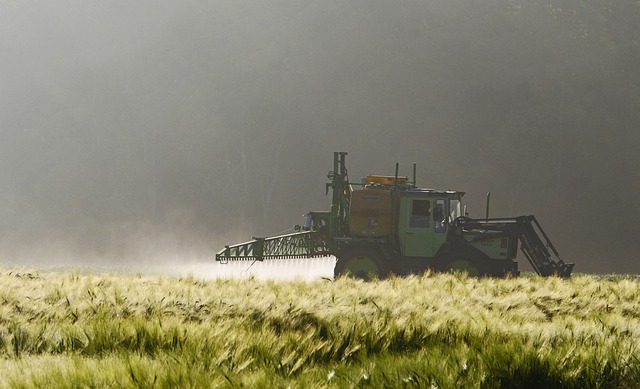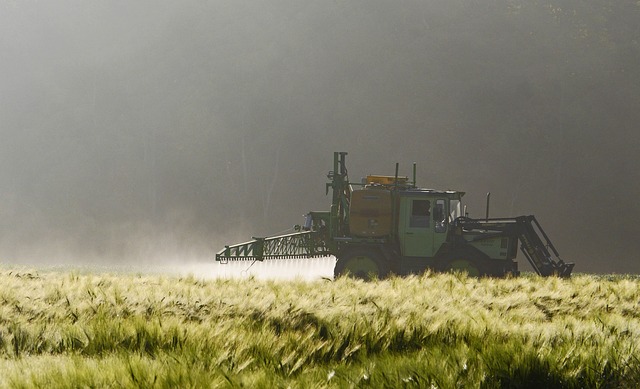Pest control is crucial for managing or eradicating insects and rodents that can cause damage, pose health risks, or disrupt ecosystems. It involves strategies from preventive measures to targeted treatments, ensuring a safe environment. Effective services use safe methods like pesticides, traps, or biological agents while minimizing environmental impact. Regular inspections and control measures prevent pest-related issues. Understanding common pests in your region is key for early detection through signs like damage or droppings. A multi-pronged approach focusing on cleanliness and environmental management creates a barrier against pests. Sanitation practices, such as removing food sources and maintaining a tidy space, significantly limit pest access. Professional pest control services offer comprehensive solutions using environmentally friendly methods when DIY methods fail. Eco-friendly options include natural predators, native vegetation, and organic repellents like essential oils.
Understanding Pest Control: The Basics and Importance

Pest control is a fundamental practice aimed at managing and eradicating harmful insects, rodents, or other organisms that can cause damage to property, pose health risks, or disrupt ecosystems. It involves a range of strategies, from preventive measures to targeted treatments, ensuring a safe and healthy environment. Understanding the basics of pest control is crucial for both homeowners and businesses to maintain sanitation and preserve their surroundings.
The importance of pest control cannot be overstated. Infestations can lead to structural damage, contaminate food sources, and even spread diseases. Professional pest control services employ safe and effective methods, utilizing pesticides, traps, or biological agents to target specific pests while minimizing environmental impact. By implementing regular inspections and appropriate control measures, individuals can prevent pest-related issues, ensuring a peaceful and hygienic living or working space.
Identifying Common Pests in Your Environment

Identifying Common Pests in Your Environment
Pest control starts with understanding the pests most likely to infest your space. Different regions and climates host unique pest populations, so knowing what to look for is key. Common indoor pests include ants, cockroaches, mice, rats, bed bugs, and dust mites. Outdoor areas may attract aphids, ticks, mosquitos, termites, or wild animals like raccoons and squirrels.
Regular inspections are crucial for early detection of pest activity. Check for signs like small holes in fabrics, chewed food packaging, insect droppings, or unusual noises. By staying vigilant and proactive, you can take the necessary steps to keep your environment pest-free and maintain a comfortable living space.
Prevention Strategies: Creating a Barrier Against Pests

Creating a barrier against pests is a multifaceted approach to effective pest control. One key strategy involves maintaining a clean and clutter-free environment, as pests are attracted to sources of food, water, and shelter. Regularly cleaning and sealing entry points such as cracks, gaps, and openings in walls, floors, and doors can significantly reduce pest access.
Another vital step is implementing sanitation practices, including proper waste disposal, regular laundering of linens, and prompt cleanup of spills or leaks. Using pest-repellent plants, essential oils, or natural barriers like diatomaceous earth or neem oil around the perimeter of your home or property can also act as deterrents. Additionally, sealing utility pipes and maintaining proper ventilation can further limit pest entry points.
Sanitation Practices: Reducing Food Sources and Harborage

Sanitation practices play a vital role in pest control. Reducing food sources and harborage areas is a fundamental step to prevent pests from thriving. This involves maintaining a clean environment by promptly cleaning up crumbs, spills, and waste, as well as storing food in airtight containers. Regularly emptying trash bins and ensuring proper disposal of organic materials can significantly limit access to food resources for pests. Additionally, keeping your surroundings neat and tidy minimizes hiding places and nesting sites, making it harder for pests to establish themselves.
By reducing the availability of food and shelter, you create an unwelcoming environment for pests, discouraging them from invading your space. This proactive approach is essential in maintaining a pest-free lifestyle and can save you time, money, and effort in the long run, avoiding potential health risks and damage to property associated with pest infestations.
Professional Pest Management: When DIY Methods Fail

When traditional DIY pest control methods fail or prove insufficient, professional pest management services become an indispensable solution.
Pest control experts are equipped with specialized knowledge, advanced equipment, and effective treatments tailored to specific pest infestations. They can identify hidden entry points, locate active nests, and eradicate pests at their source, preventing reinfestation. Whether it’s a persistent ant problem, an invasive termite colony, or a costly rodent infestation, professional pest managers offer a comprehensive approach, using environmentally friendly methods whenever possible, to restore peace of mind and protect your property.
Eco-Friendly Solutions: Minimizing Environmental Impact

Pest control doesn’t have to come at an environmental cost. Eco-friendly solutions are a game-changer in the fight against pests, offering safe and sustainable alternatives to traditional methods. These methods minimize harm to non-target species, reduce pollution, and preserve natural habitats.
One such approach involves utilizing natural predators like birds, bats, and insects that feed on pests. Planting native vegetation can also deter pests without chemicals. Organic repellents made from essential oils, citrus, or garlic are effective and safe for both outdoor and indoor spaces. These methods not only protect human health but also promote a healthier ecosystem.
